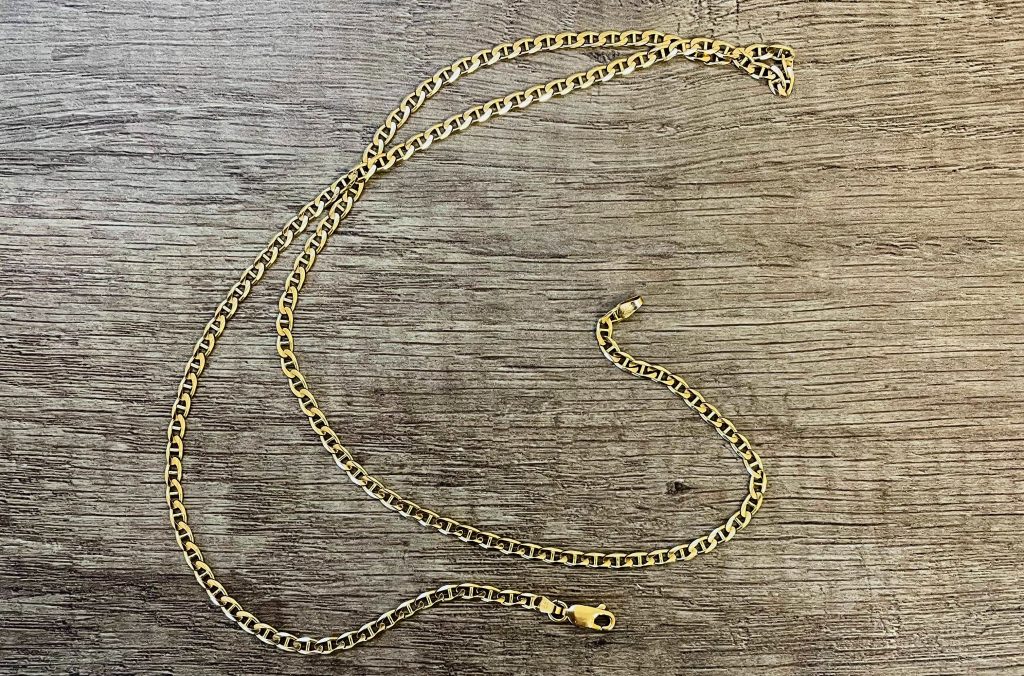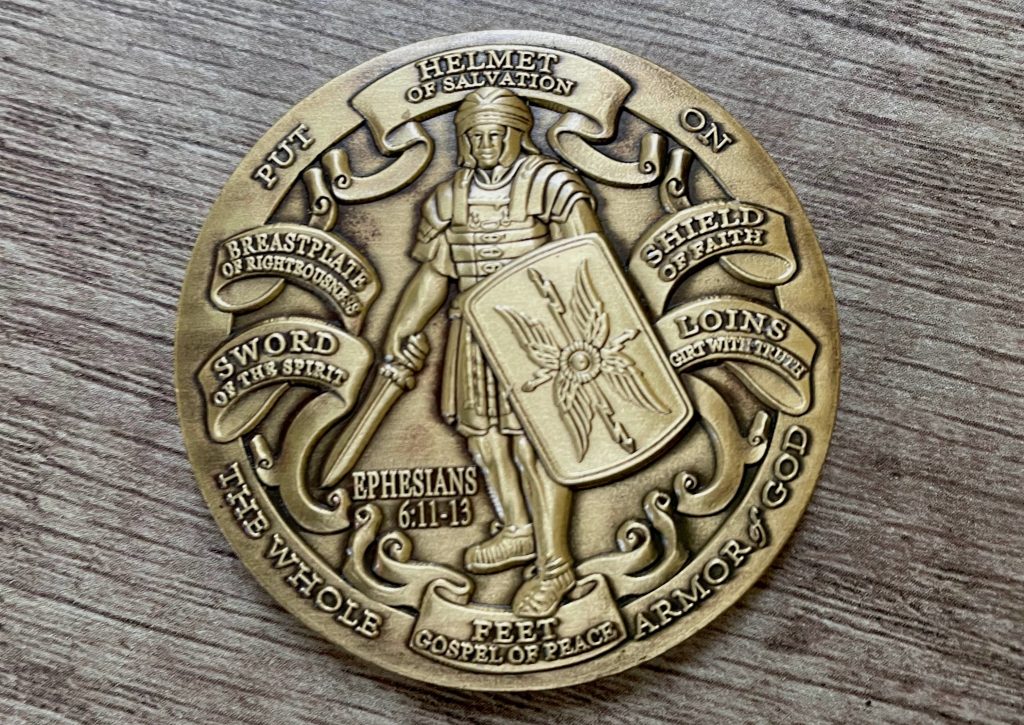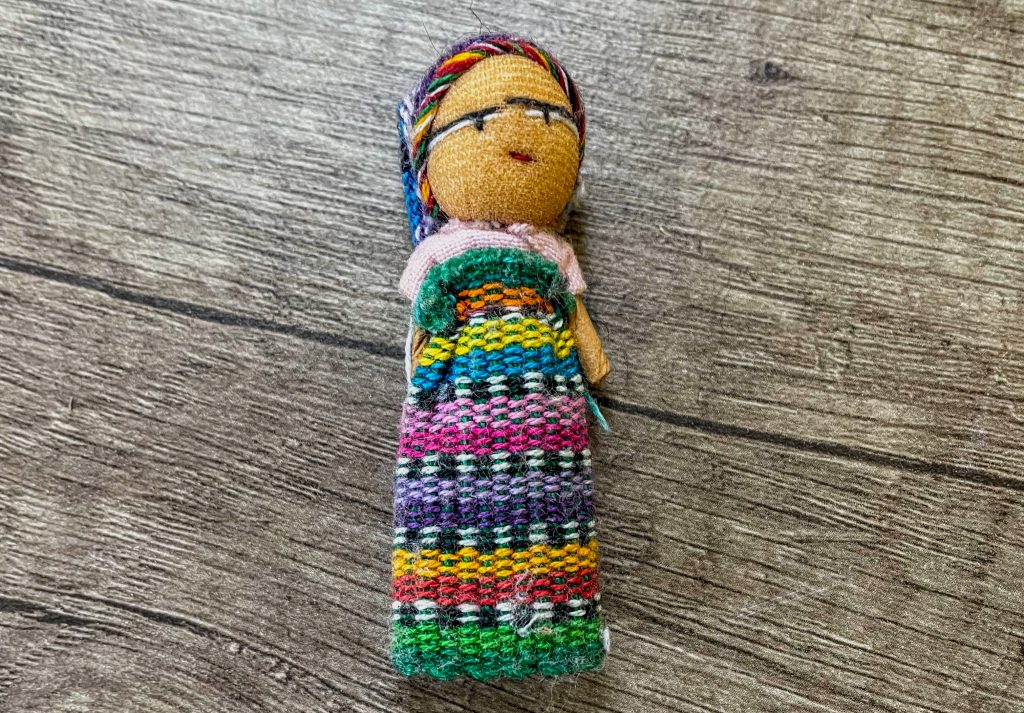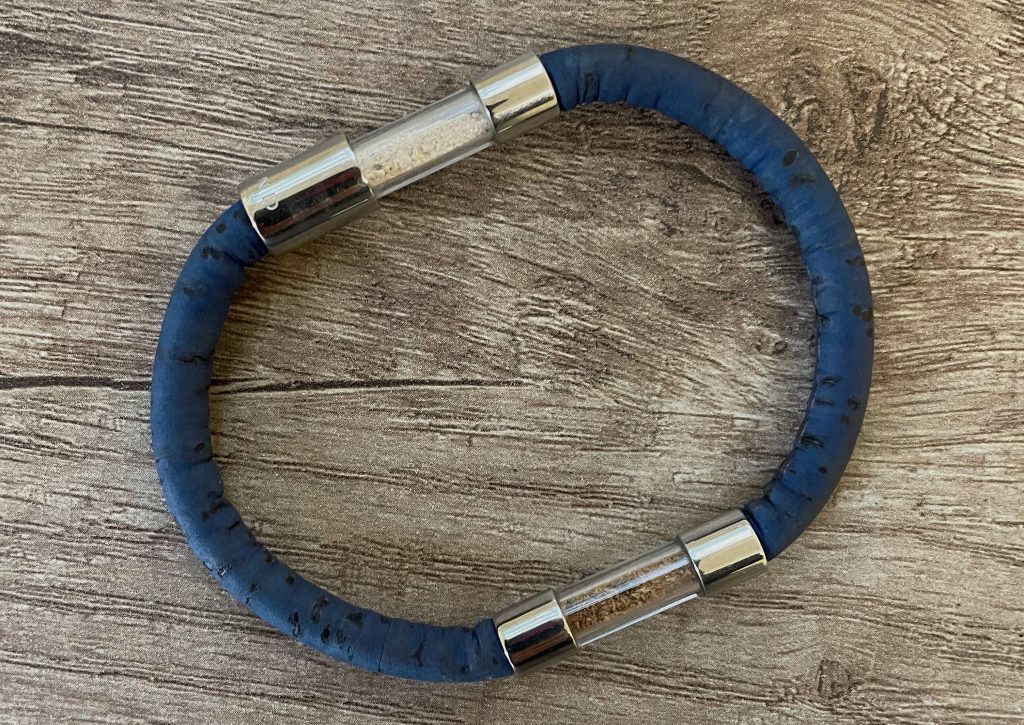Angela Natividad describes some of her personal collection of anting-anting and their stories.
‘Anting-anting’ (‘agimat’ in Tagalog) is the Ilokano word for amulets or charms. They can be made of any type of material; sometimes they are printed spells or magical words. They are worn, sewn into the skin or clothes, tattooed, or otherwise carried.
In the modern Philippine mystic tradition, they contain vestiges of Hindu, Buddhist and Muslim faith, selected aspects of Catholicism, and folklore – sometimes of José Rizal, author of Noli Me Tangere, and the national hero. He is often conflated with Jesus in the mystic tradition. In Philippine folklore, words were the first true spells. It is apt that a writer bear the halo (quite literally, as Jesus is usually represented as the Santo-Niño in this universe).
In 2019 I attended an anting-anting exhibit curated by Floy Quintos, a Philippine playwright and antiquarian. He recounted the story of villagers who, threatened by the appropriation of their land, put on all their anting-anting, and met government soldiers with sticks, swords and whatever other implements they could find.
The soldiers had machine guns. They were slaughtered in moments.
It’s tempting to think this is a parable about superstitious peasants who believe, falsely and tragically, in magic. After a heavy pause, Quintos instead said:
‘Time and colonisation forces us to hide sacred things in our culture, and secrecy itself becomes something sacred. The true purpose of anting-anting was never to bring exterior forces to you – for protection, money, love or otherwise. They existed to remind you that the power you seek, embodied by the object, is dito – sa loob” – here, within the inner self.’
He pressed his fingertips to the soft space where his ribs divide.
This project is a gallery of some of my anting-anting, and the stories they tell. I did not go into deep mountains and find shamans for them. Instead, they were gifted at particular moments, spontaneously and with a sense of emotion or tribute infused. This, for me, is what makes these objects magical.
A few rules:
1. These gifts were not issued on special occasions – no birthday or Christmas presents. They are spontaneous offerings, driven only by the intent of the giver.
2. I did not ask for them, and did not know about them beforehand.

My mother converted the family to Christianity when I was 6 years old, but, being from the Province and from a long line of mystics, cohabited that religion with the mysticism she inherited.
When I was nine years old, she gave me a gold ring to wear all the time, which she occasionally used to study my future. The ring was too large. So she took me to the safe she maintained with my father. The safe lived in their wardrobe and was a realm of treasures—coins from other countries, ‘his’ and ‘hers’ jewellery they had collected that was of value, important papers, and a gun.
She was looking for a chain I could use to wear the ring around my neck. In the safe lay a pair of necklaces, both in gold—a thin gold one for her, and a thicker chain-linked one for my father. The latter bore a pendant shaped like an anchor.
‘You will break the thin one,’ she mused. (She was right, and still is; I am rough with fragile things.) So she slipped the anchor off the thicker chain and placed the ring on it, and put the chain around my neck.
I have since lost the ring. But by some odd luck, even as life swung me from one place to another, and I shed whole storage rooms of stuff each time, I managed to keep the chain.
The chain is now the talisman she hoped the ring would be. But while it came from her hands, I wonder if it disappoints her that the object itself contains more of my father’s energy than her own – a subtle tension of rejection that exists forever between us.
Perhaps not. Perhaps my father never much cared about this chain at all.

Paris called me even when I was a child. I stole a cousin’s English-French dictionary when I was seven or eight; and, younger, a traveling uncle observed my interest in a copy of Poucelina in his luggage, and dedicated it to me in French. Apart from being a writer, going to Paris was the only thing I ever truly knew I had to do.
In 2001, our junior year of high school, an opportunity arose: Our French teacher (a mentor and father figure then, a fond friend now) arranged a two-week trip to Paris for us over the summer. This was obviously what I needed, but something kept me from doing it.
Maybe it was money. Maybe it was my boyfriend at the time, who constantly cheated on me, and made me feel ill with the compulsion to monitor him. Maybe I just wanted to work.
Anyway, I didn’t go.
That September, when school started again, a close friend placed the compact on my desk.
I can’t recall how important I considered it then. I was glad she thought of me. It wasn’t very practical; I never remember to check my lipstick, and had nothing of use to place inside it.
Yet I found myself carrying it. For years I used it to store fortunes from cookies. Later, I stopped and began storing tiny seashells in it. This remains its function. I still carry it around.

I have lived in Paris 13 years now … and, in February, moved to Montmartre, just down the street from the old windmill depicted on the compact’s face. The compact is a simple, cheap tourist trinket; I can probably even identify the shop she bought it in, up near the Sacré Coeur. I am not even friends with her anymore.
Still, there remains an inexpressible magic about this item. So much of my relationship to Paris is punctuated by spirals, and the issuing of the compact, mirroring me living in this strange, bohemian village 20 years later, making my first solo nest in a very long time, is part of it: A call-and-response between future and past. Some of my favourite stories are designed that way.

In 2015, I attended a wedding with my then-partner and his family in Normandy. We all took a walk on the beach together; it was covered with luminous small stones and shells. Guillaume is an artist by nature; he took photos of me tossing them into the air, like confetti.
We separated at some point to wander and brood on our own. At the end of the afternoon, he gave me a handful of tiny shells and stones.
It was a fragile offering from a man who loved me. But neither of us was very good at recognising the particularity, delicacy and preciousness of such gifts – a longing heart inside a handful of shells.
So much of love gets squandered too early, or lost somewhere in transmission, a message corrupted by the hearer and the medium.
This gift represented the first of the shells and stones I placed in my Moulin Rouge compact for safe-keeping. With time and other trips, he went on giving me these little handfuls, until he didn’t, and sometimes I would gather them myself, or leave a few as tributes on graves or with trees.
Just at the top is an Oeil de Sainte-Lucie, its spiral barely visible now. This most likely came from Corsica, where we would vacation in the summer. Sainte-Lucie is the patron saint of the blind and of electricians. Raised as a noble in the 4th century, she was born blind, but healed due to her mother’s fervent prayers to the Virgin. She was later denounced as a witch by her fiancé, and was exiled, but her body became so heavy to transport that they decided to burn her on-site.
The fire did not burn her. Her throat was slit instead. But it was only when a priest arrived that she finally died. It is said that at some point, stung by betrayal, she tore out her own eyes and sent them to the man who denounced her. The Virgin gave her better ones for the loss.
An Oeil de Sainte-Lucie is said to bring abundance when carried in a wallet. But it’s curious that this colourful handful of hope also contains this small remnant of betrayal.

I’m not sure my father would characterise himself as a Christian. He’s a freemason, a magician of the high magic form. In practice, I’d call him a chaos magician – somebody who takes what’s useful, believes just enough to make a modality work, then moves on.
There is, in this, a vestige of old Philippine animism that I think would annoy him.
But my father believes in magic, though he doesn’t admit it, and one of the most obvious ways this manifests is in objects. He’s supremely object oriented, especially when the objects are somehow invested with an extra-material quality – magnetic silver bracelets that improve blood flow. Zero gravity chairs. Solar kits that can power houses – no, neighbourhoods!
He was never a fan of the fact that I moved to France. I think he took it as an affront; didn’t he move to America for a better life? What does it mean that his firstborn reject that dream and leave for a place he considers objectively less developed? He never stopped giving me shit about it. In any case, one year I was home, he suddenly presented me with this coin. I don’t know its provenance. But he looked at me very seriously and said:
‘Take this everywhere with you when you travel, and it will keep you safe.’
Classic chaos magic.

In Guatemalan culture, a worry doll is a handmade doll that children whisper their fears to in bed, before slipping under their pillows. They are usually dressed in a Mayan style, and issued to especially anxious children. Legend has it that they hail back to a Mayan princess named Ixmucane, who, from the sun god, was gifted with the ability to solve any conceivable problem.
There is a kind woman in Paris that I’ve known for years, and who I have never been very close to. She is the close friend of a close friend, and her name is Elaria. Once, the bouncers of a strip club mistook us for sisters and gave us a ‘family discount’; we have jokingly called ourselves sisters ever since. But even with this aside, she has always afforded me a grace and intimacy that I’m never sure I deserve.
One night we were all out drinking. She had just returned from a trip. Suddenly she turned and said ‘Angela, I’ve brought you back a gift.’ This surprised me as we are not close enough to give each other gifts. But she took out this worry doll and told me its story, and I was moved by the strangeness and magic of it. I have kept it by my bed, and carried it with me on my travels, ever since.

In 2018 my best friend Jude died. Alongside his wife, in his last few years he decided to live in a different country every six months. But the return of cancer cut that short, so instead they moved through different parts of the US, following good doctors and study groups around.
I was in Corsica, on vacation in the summer, when he died. My husband and I were having whisper-fights to avoid his family hearing; we were preparing to separate. Then I got the call. A day after that, I had to leave for an advertising festival. I had little time to mourn. It was a hard and terrible year.
Lyra, his wife, sent me a bracelet that contained his ashes. Her idea was this: She’d send these bracelets to some of his closest friends, the ones who traveled the most. We could wear Jude with us on our journeys, and, when we found a place we felt good about, scatter some.
The only place I ever scattered his ashes was on the beach of Palombaggia, which is what I think I will see when I die.
There are a few things I regret about my friendship with Jude. The week he died, we had a scheduled call, and I moved it because I was busy. We never got the chance to speak again. The second thing is this: On Facebook, I once replied to a message he wrote with, ‘We’re like family!’ And his response was, ‘We are family.’
I was too polite to do it, but he knew to close the distance between us.
I speak to Jude every week during my ancestor time. I hope he knows I am sorry about that. I hope he knows he is my family. He was always my family. But he had the courage of intimacy, and I did not.
Angela Natividad is a founding contributor to MusebyCl.io, co-founder of esports and gaming collective Hurrah.group, co-author of Generation Creation, and a compulsive storyteller. For more about her, check out http://liveanduncensored.com, or follow her on Twitter at @luckthelady, which she updates far too often.

Words and photos copyright © Angela Natividad 2021.
